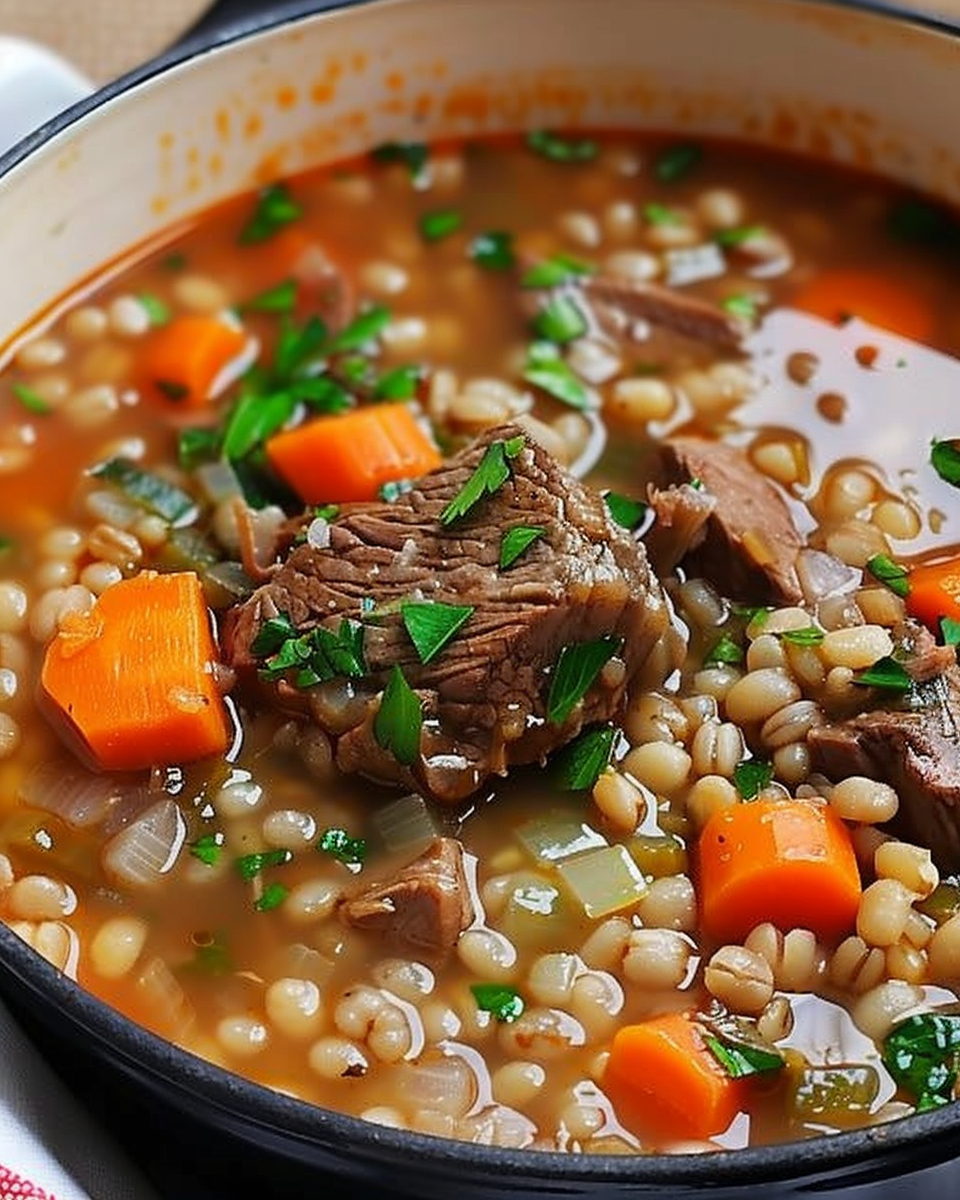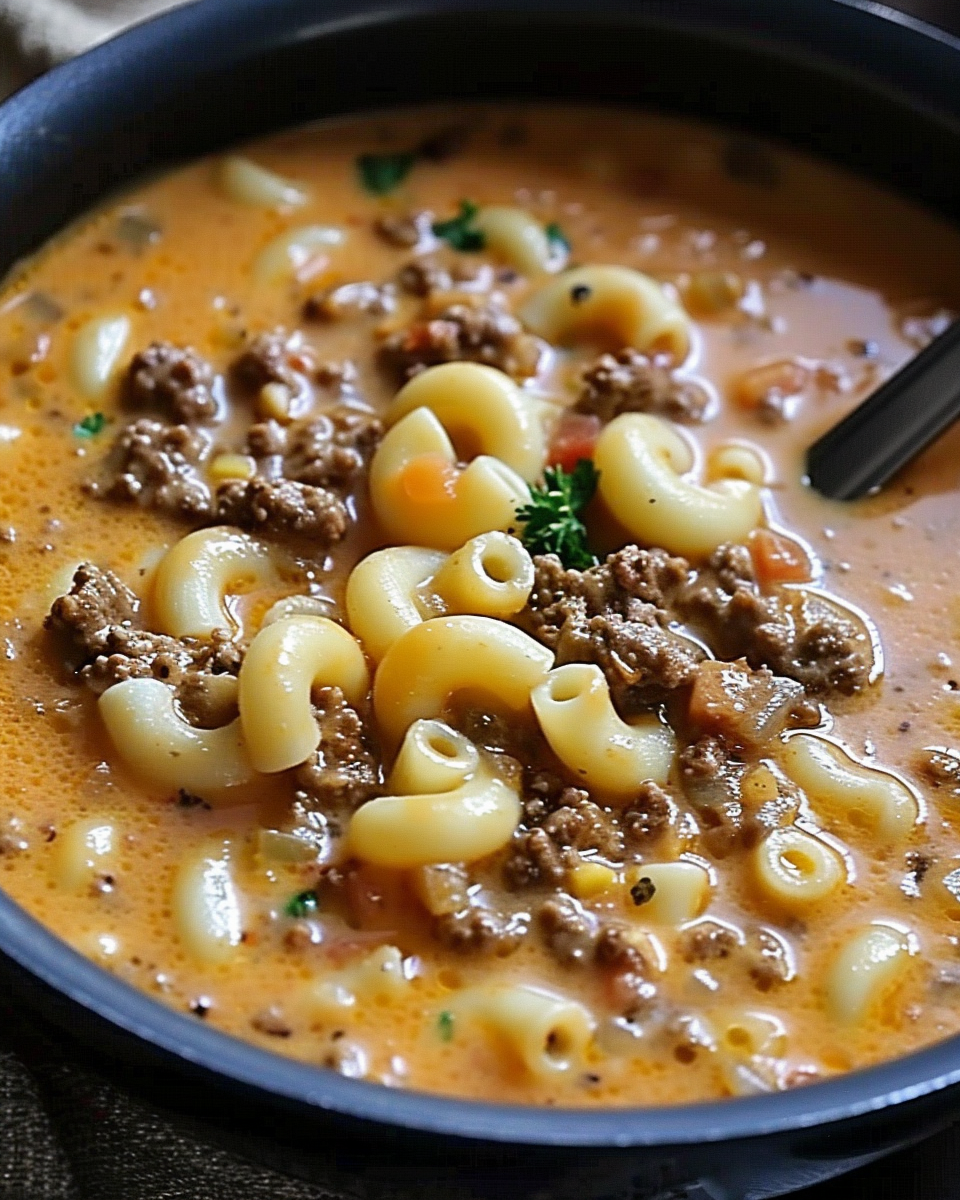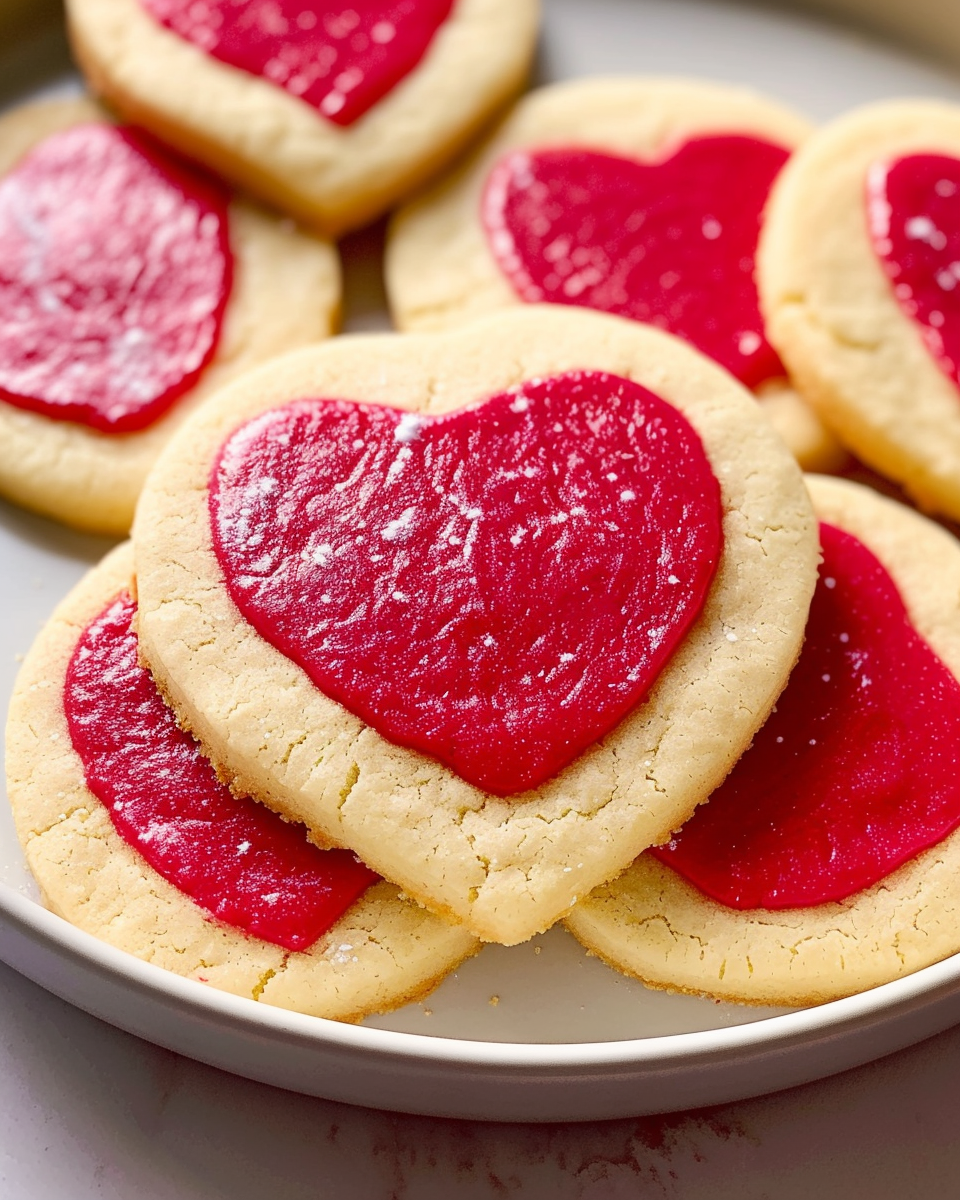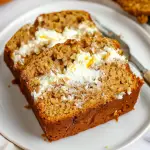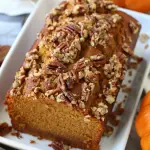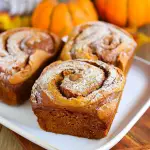People often serve stuffing and dressing as two classic dishes during the holiday season. While the two dishes may appear similar, they are actually quite different. Many people use the terms interchangeably, but there are some key differences between the two.
The main difference between stuffing and dressing lies in their preparation methods. Cooks typically prepare stuffing inside the cavity of a turkey or other poultry, whereas they cook dressing separately in a baking dish. This difference arises because stuffing is meant to absorb the juices from the turkey during cooking, while cooking dressing separately is a measure to prevent potential food safety issues.
Key Takeaways
- Cooks typically prepare stuffing inside the cavity of a turkey, whereas they cook dressing separately in a baking dish.
- The purpose of stuffing is to absorb the turkey’s juices during cooking, while they cook dressing separately to prevent any potential food safety issues.
- Although people often use the terms “stuffing” and “dressing” interchangeably, they are in fact two distinct dishes.
Table of contents
Definition of Stuffing
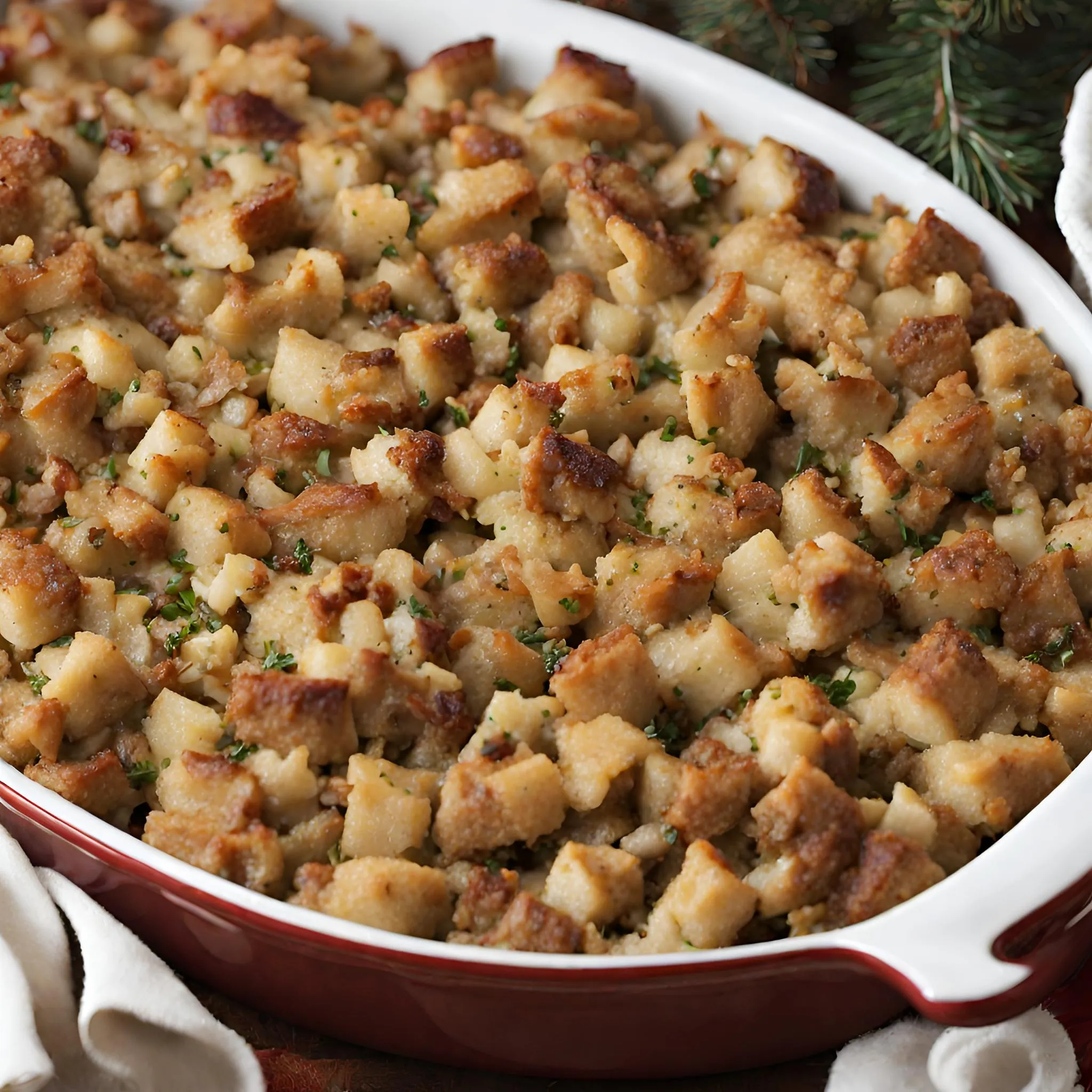
Stuffing, a savory dish popular during the holiday season, consists of diced, seasoned bread mixed with various ingredients and cooked. People typically serve it alongside roasted turkey or other poultry, making it a staple at many Thanksgiving and Christmas dinners.
Ingredients of Stuffing
The ingredients used to make stuffing can vary depending on the recipe and the preferences of the cook. However, some common ingredients include:
- Bread: The base of the stuffing is usually bread that has been diced or cubed. The type of bread used can range from white bread to sourdough to cornbread.
- Vegetables: Many recipes call for vegetables such as onions, celery, carrots, and mushrooms. These vegetables are typically sautéed before being mixed with the bread.
- Seasonings: Stuffing is typically seasoned with a variety of herbs and spices, such as sage, thyme, and rosemary. Salt and pepper are also commonly used.
- Liquid: A liquid is added to the stuffing to help moisten it and bind it together. Common liquids include chicken or vegetable broth, stock, or even apple cider.
Preparation and Cooking of Stuffing
To make stuffing, you typically dice or cube the bread and then toast or dry it in the oven. Next, sauté the vegetables in butter or oil until softened, and then add the seasonings. Mix the bread with the vegetables and seasonings, adding liquid to moisten the mixture.
There are various ways to cook stuffing. Some recipes suggest baking it in a casserole dish, while others recommend stuffing it inside a turkey or other poultry. When cooking stuffing inside a bird, it’s crucial to ensure it reaches a safe temperature to avoid foodborne illness.
Overall, stuffing is a delicious, adaptable dish that can be tailored to different tastes. Whether cooked inside a turkey or baked in a dish, it’s always a popular choice at holiday gatherings.
Related:
Definition of Dressing
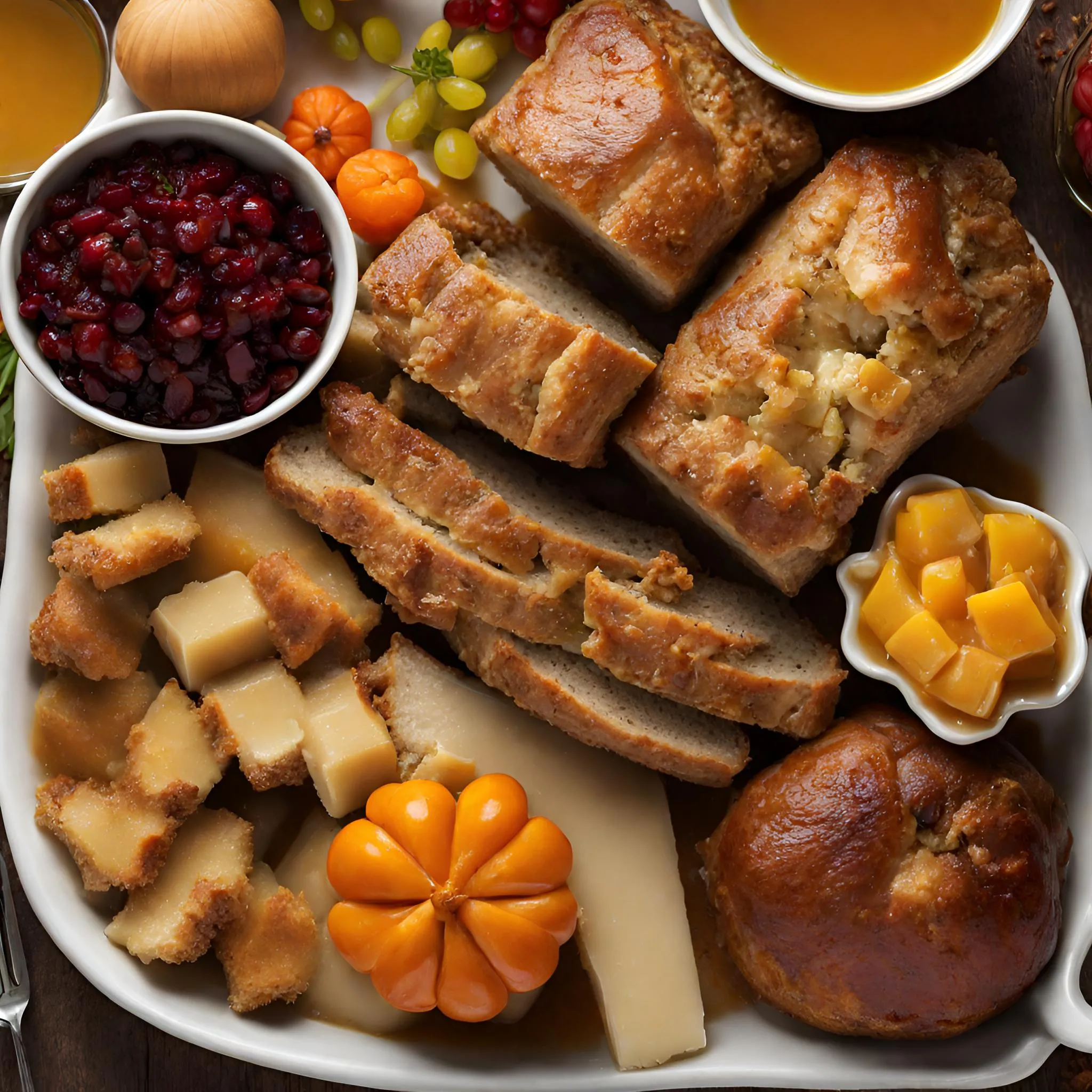
Dressing is a dish commonly served during Thanksgiving and other holiday meals. It consists of bread cubes, broth, and various seasonings. Unlike stuffing, dressing isn’t cooked inside the cavity of a turkey or other bird. Instead, it’s usually baked in a casserole dish.
Ingredients of Dressing
The ingredients of dressing can vary depending on the recipe and personal preference. However, some common ingredients include:
- Bread cubes: These can be made from any type of bread, but sourdough and cornbread are popular choices.
- Broth: Chicken or vegetable broth is typically used to moisten the bread cubes.
- Aromatics: These include onions, celery, and garlic. They are often sautéed in butter before being added to the bread cubes.
- Seasonings: Sage, thyme, and rosemary are commonly used to add flavor to the dressing.
Preparation and Cooking of Dressing
To prepare dressing, you typically dry out the bread cubes in the oven or leave them out overnight to stale. Then, mix these dried bread cubes with sautéed aromatics, broth, and seasonings. After mixing, transfer the mixture to a casserole dish and bake it in the oven until it turns golden brown and crispy on top.
You can make dressing ahead of time and reheat it before serving. Also, you can use leftover dressing in various ways, like in sandwiches or as a salad topping.
Overall, dressing is a delicious and versatile dish that is a staple of holiday meals.
Historical Context
Stuffing and dressing are both traditional holiday side dishes that have been enjoyed for centuries. However, the origins of these dishes are somewhat murky and there is some debate about their history.
Origin of Stuffing
Many believe that stuffing originated in ancient Rome, where cooks would stuff birds with a mixture of vegetables, herbs, and spices. The practice of stuffing birds continued throughout the Middle Ages, and by the 16th century, stuffing had become a popular way to prepare poultry in Europe.
In the United States, stuffing became a staple of Thanksgiving dinners in the late 19th century. However, the ingredients used in stuffing varied widely from region to region. Some cooks used bread crumbs, while others used cornbread or even oysters.
Origin of Dressing
Many believe that dressing originated in the American South, where African slaves on Southern plantations developed the dish to utilize leftover cornbread. People often served dressing as a side dish with fried chicken or other Southern specialties.
Over time, dressing became a popular holiday dish in the South, particularly during Thanksgiving and Christmas. Like stuffing, the ingredients used in dressing varied widely from region to region. Some cooks used cornbread, while others used white bread or even rice.
Today, stuffing and dressing are enjoyed throughout the United States and around the world. While the ingredients and preparation methods may vary, both dishes continue to be an important part of holiday traditions.
Cultural Variations
Stuffing in Different Cultures
Stuffing, a traditional dish in the United States, is commonly served during Thanksgiving and Christmas. This dish, however, varies across cultures. In the United Kingdom, it typically includes pork sausage, breadcrumbs, and herbs like sage and thyme. Meanwhile, Italians refer to stuffing as “ripieno,” a blend of meat, vegetables, and bread crumbs. Over in Greece, “gemista” is the local version, usually comprising rice, vegetables, and herbs.
The concept of stuffing extends beyond poultry in some cultures. Middle Eastern variations often feature rice, nuts, and spices, and are served alongside lamb or chicken. In India, “bharwan” is a popular form of stuffing, which combines vegetables, spices, and occasionally meat. These diverse interpretations highlight the versatility and global appeal of stuffing.
Dressing in Different Cultures
Dressing, much like stuffing, is a traditional dish often enjoyed during Thanksgiving and Christmas in the United States, with each culture adding its unique twist. In the Southern U.S., the recipe typically includes cornbread, celery, onions, and sage. Moving to the Caribbean, dressing takes the form of “pelau,” a flavorful mix of rice, pigeon peas, and sometimes chicken or beef.
Interestingly, dressing in some cultures doesn’t always accompany poultry. In Germany, for instance, it’s known as “knödel” and consists of bread, milk, and eggs. Over in Japan, “furai” is the local variant, made with breadcrumbs, herbs, and spices, showcasing the dish’s versatility and global appeal.
Cultural variations in stuffing and dressing show that these dishes are not limited to one specific recipe or culture. Different regions have their own unique ingredients and methods of preparation, which make these dishes even more special and diverse. No matter which you choose, both stuffing and dressing are excellent accompaniments to the main course. If you’re planning a turkey, why not check out How Does Ina Garten Cook Turkey for some expert tips?
Nutritional Comparison
When it comes to nutrition, both stuffing and dressing can be high in calories, fat, and sodium. However, there are some differences between the two.
Stuffing is typically made with bread, which can be high in carbohydrates. Depending on the recipe, stuffing may also contain butter, sausage, or other high-fat ingredients. This can make stuffing a high-calorie dish.
On the other hand, dressing is often made with cornbread or other grains, which can be lower in carbohydrates than bread. Dressing may also contain vegetables like onions, celery, and carrots, which can add fiber and nutrients.
Overall, the nutritional content of stuffing and dressing can vary widely depending on the recipe and ingredients used. It’s important to be mindful of portion sizes and choose recipes that incorporate healthy ingredients like vegetables and whole grains.
Here’s a quick nutritional comparison between stuffing and dressing:
| Nutrient | Stuffing (1 cup) | Dressing (1 cup) |
|---|---|---|
| Calories | 320 | 200 |
| Total Fat | 18g | 10g |
| Sodium | 600mg | 450mg |
| Total Carbohydrates | 31g | 23g |
| Fiber | 2g | 1g |
| Protein | 7g | 4g |
Note that these values are approximate and can vary depending on the specific recipe used.
Common Misconceptions
There are several misconceptions about the difference between stuffing and dressing. Here are a few of the most common ones:
- Stuffing is always cooked inside the turkey. It’s true that cooks often prepare stuffing inside the turkey, but they can also cook it separately in a baking dish. On the other hand, they always cook dressing outside of the bird.
- Stuffing is always made with bread. While bread is a common ingredient in stuffing, it’s not the only one. Cooks can make stuffing with rice, cornbread, or other grains, while they typically make dressing with cornbread.
- Stuffing is a Northern term, while dressing is a Southern term. In some regions of the United States, people may use one term more frequently than the other, but no strict rule dictates which term is used where. In fact, the distinction between the two terms is more a matter of personal preference than regional dialect.
- Stuffing and dressing are the same thing. While they are similar dishes, there are some key differences between stuffing and dressing. For example, stuffing is often more moist and dense, while dressing is drier and more crumbly. Stuffing often has heavier seasoning compared to dressing.
It’s important to note that there is no one “right” way to make stuffing or dressing. Different regions and families have their own unique recipes and traditions. Ultimately, the difference between stuffing and dressing comes down to personal preference and cultural tradition.
FAQs
Dressing and stuffing are similar, both being mixtures of bread, herbs, and other ingredients. The main difference lies in how they’re cooked: stuffing is traditionally cooked inside the cavity of a turkey or other poultry, while dressing is baked separately in a dish.
When stuffing is cooked outside of a bird, it’s often referred to as “dressing.” This term is especially common in the Southern United States, where it’s baked as a separate dish.
Dressing is typically made from a base of bread cubes or cornbread, combined with ingredients like onions, celery, herbs (such as sage, thyme, and parsley), and broth. Variations may include nuts, fruits, or other vegetables.
Dressing can be made with or without meat. Traditional recipes often include sausage, bacon, or giblets, but there are also many vegetarian versions that rely solely on vegetables and herbs for flavor.
Conclusion
In conclusion, the difference between stuffing and dressing comes down to personal preference and regional tradition. Stuffing is typically cooked inside the cavity of a turkey or other poultry, while dressing is baked separately in a casserole dish.
While both dishes typically contain bread, herbs, and spices, stuffing may also include additional ingredients such as sausage, nuts, or fruit. Dressing may also be made with cornbread instead of traditional bread.
It’s important to note that there is no right or wrong way to prepare these dishes, and both can be delicious additions to a holiday meal. Whether you prefer stuffing or dressing, the most important thing is to enjoy the food and the company of loved ones.



